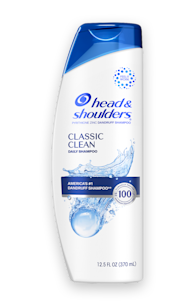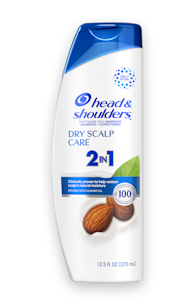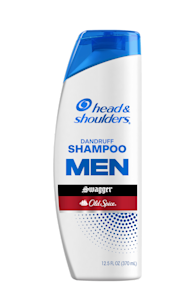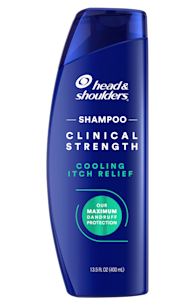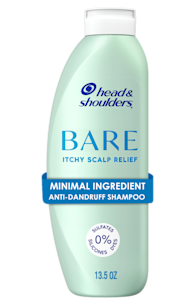THE SCIENCE OF DANDRUFF
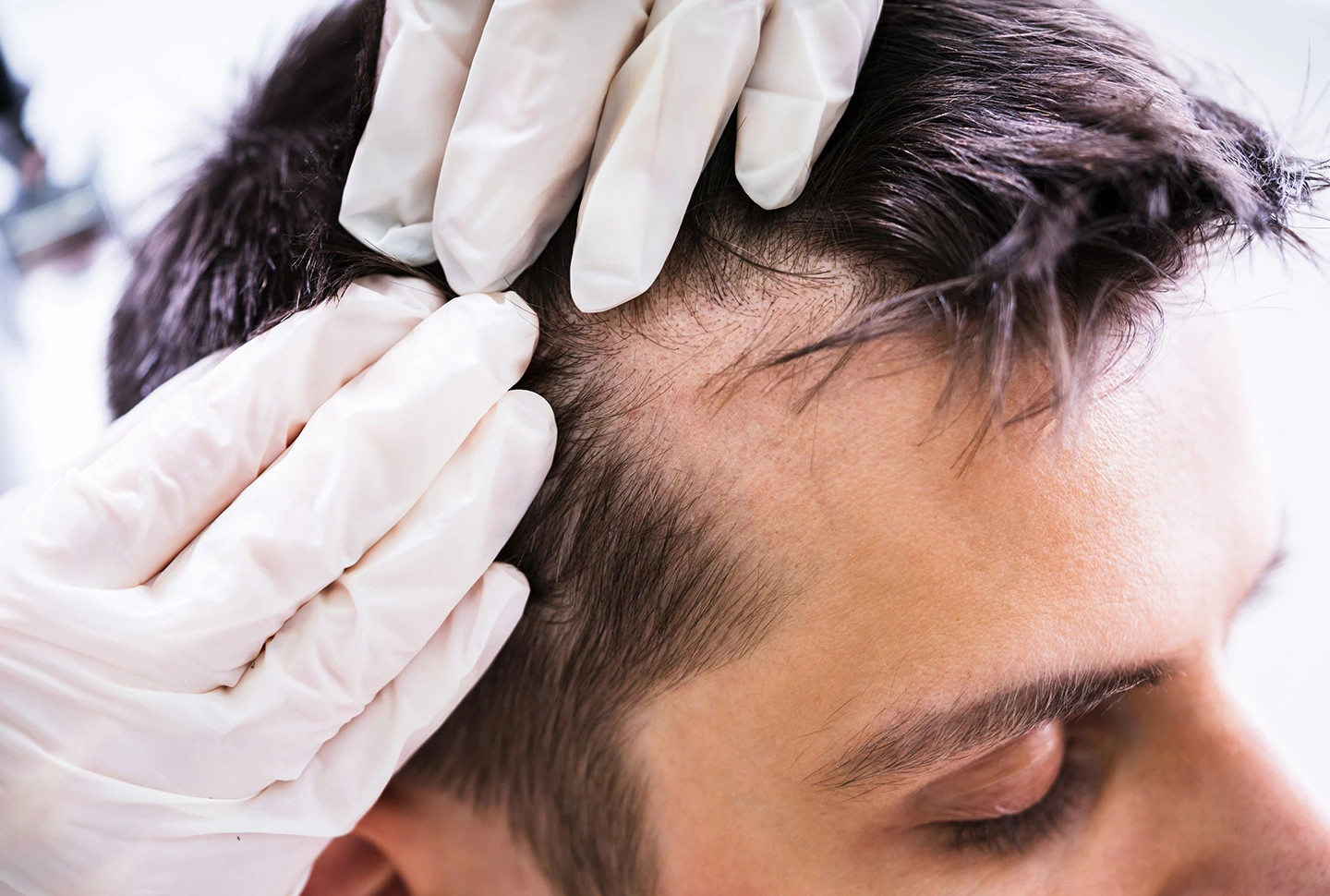
Understanding Dandruff: Causes, Symptoms, and Treatments
Dandruff is a common scalp condition that affects millions of people worldwide, with approximately 50% of the global population prone to it. Characterized by flakes, itchiness, and sometimes oiliness or dryness, dandruff can be frustrating and embarrassing. Understanding the science behind dandruff—its causes, symptoms, and treatment options—can help you manage it effectively. In this article, we’ll explore the key factors contributing to dandruff and how they interact to create this condition.
What Causes Dandruff?
Dandruff is primarily associated with the overgrowth of a type of fungus known as Malassezia. This fungus is naturally present on everyone's scalp but can become problematic when it grows excessively.¹ Several factors can contribute to increased vulnerability to dandruff:
1. Sebum Production
Sebum is the natural oil produced by the sebaceous glands in the scalp. While sebum plays a vital role in maintaining scalp health by keeping it moisturized, an overproduction of oil can create a favorable environment for Malassezia to thrive. This excess oiliness can lead to the following:
Flakes: As the fungus feeds on the sebum, it can irritate the scalp, leading to an overproduction of skin cells. When these cells stack up near the skin surface, they may clump together and form visible flakes.
Itchiness: The irritation caused by the overgrowth of fungus can trigger discomfort and itchiness, making the scalp uncomfortable.
2. Dryness
On the other end of the spectrum, a dry scalp can also contribute to dandruff. When the scalp lacks moisture, it can become flaky and itchy. Factors that can lead to scalp dryness include:
Environmental Conditions: Cold weather and low humidity can strip moisture from the scalp, leading to dryness and flaking.
An ineffective scalp moisture barrier: When the scalp skin is in a state of disarray caused by dandruff irritation, it’s harder for it to act as an effective barrier. This can increase moisture loss and make the scalp more vulnerable to outside attacks from irritants like pollution and bacteria.²
3. Fungal Overgrowth
The primary culprit behind dandruff is the Malassezia fungus. While this fungus is a normal part of the scalp's microbiome, certain conditions can allow it to thrive:
Hormonal Changes: Fluctuations in hormones can increase oil production, leading to an overgrowth of Malassezia.
Stress: High-stress levels can affect hormone balance and immune response, contributing to vulnerability to dandruff.
Washing Habits: Extending the time between washes or mixing in non-antidandruff shampoos to your washing routine can give Malassezia more time to thrive on your scalp.
Vulnerability to Dandruff
Several factors can increase an individual's vulnerability to dandruff:
Genetics: Some people are be genetically predisposed to dandruff and seborrheic dermatitis. Their bodies react more strongly to the irritants produced by Malassezia’s activity.
Skin Conditions: Individuals with skin conditions like psoriasis or eczema may be more prone to dandruff due to their already compromised scalp barrier.
Symptoms of Dandruff
The symptoms of dandruff can vary from person to person, but the most common include:
Flakes: Visible white or yellowish flakes on the scalp and shoulders.
Itchiness: A persistent itchy sensation on the scalp.
Oily Scalp: An oily or greasy appearance due to excessive sebum production.
Dryness: A dry, tight feeling on the scalp, which can also be accompanied by flaking.
Treatment Options
Managing dandruff often involves a combination of lifestyle changes and the use of specialized products. Here are some effective strategies:
1. Regular Shampooing
Frequent washing with an anti-dandruff shampoo can help remove excess oil and flakes. Look for anti-dandruff shampoos specifically formulated for dandruff that contain active ingredients like zinc pyrithione or selenium sulfide. Check out the Head & Shoulder Clinical Strength Collection - these products contain selenium sulfide and are clinically proven to combat stubborn dandruff, dry scalp, dandruff itch, and excess oil.
2. Moisturizing the Scalp in-between Washes
If dryness or scalp itch is a contributing factor, moisturizing serums can be a great choice, especially ones that also include anti-dandruff actives.
Tips for Treating and Controlling Dandruff
To effectively manage dandruff, consider the following tips:
Regular Use of Head & Shoulders Anti-Dandruff Products: Incorporate Head & Shoulders anti-dandruff shampoos into your hair care routine. These shampoos contain effective ingredients like zinc pyrithione, which targets the fungus responsible for dandruff. Consistent use can help reduce flakes and soothe irritation.
Establish a Washing Routine: Make it a habit to wash your hair regularly, ideally at least every few days, to keep your scalp clean and remove excess oil. This routine can help prevent the buildup of dirt and sebum and reduce the chances of fungal overgrowth.
Stay Hydrated and Maintain a Balanced Diet: Drink plenty of water and consume a well-rounded diet rich in vitamins and minerals.
Conclusion
Dandruff is a multifaceted condition influenced by various factors, including sebum production, dryness, and fungal overgrowth. Understanding the science behind dandruff can empower you to take control of your scalp health and find effective treatments. By addressing the root causes and symptoms—such as flakes, itchiness, oiliness, and dryness—you can minimize the impact of dandruff on your life and enjoy a healthier scalp.
Key Takeaways
Dandruff is primarily caused by the overgrowth of Malassezia fungus, influenced by oiliness and dryness.
Symptoms include flakes, itchiness, oily or dry scalp.
Effective treatments involve regular shampooing, moisturizing, a healthy diet, and potentially consulting a dermatologist for persistent issues.
By taking proactive steps, you can combat dandruff and maintain a healthy, happy scalp.

